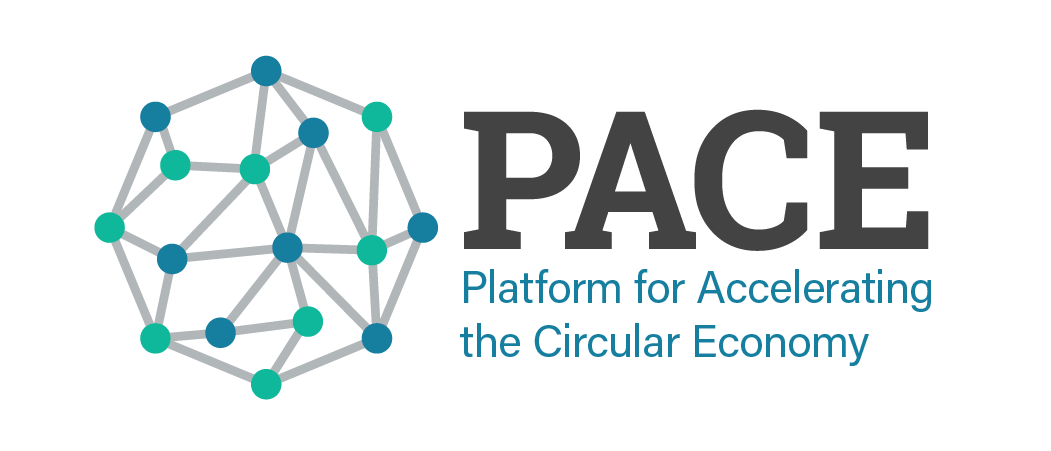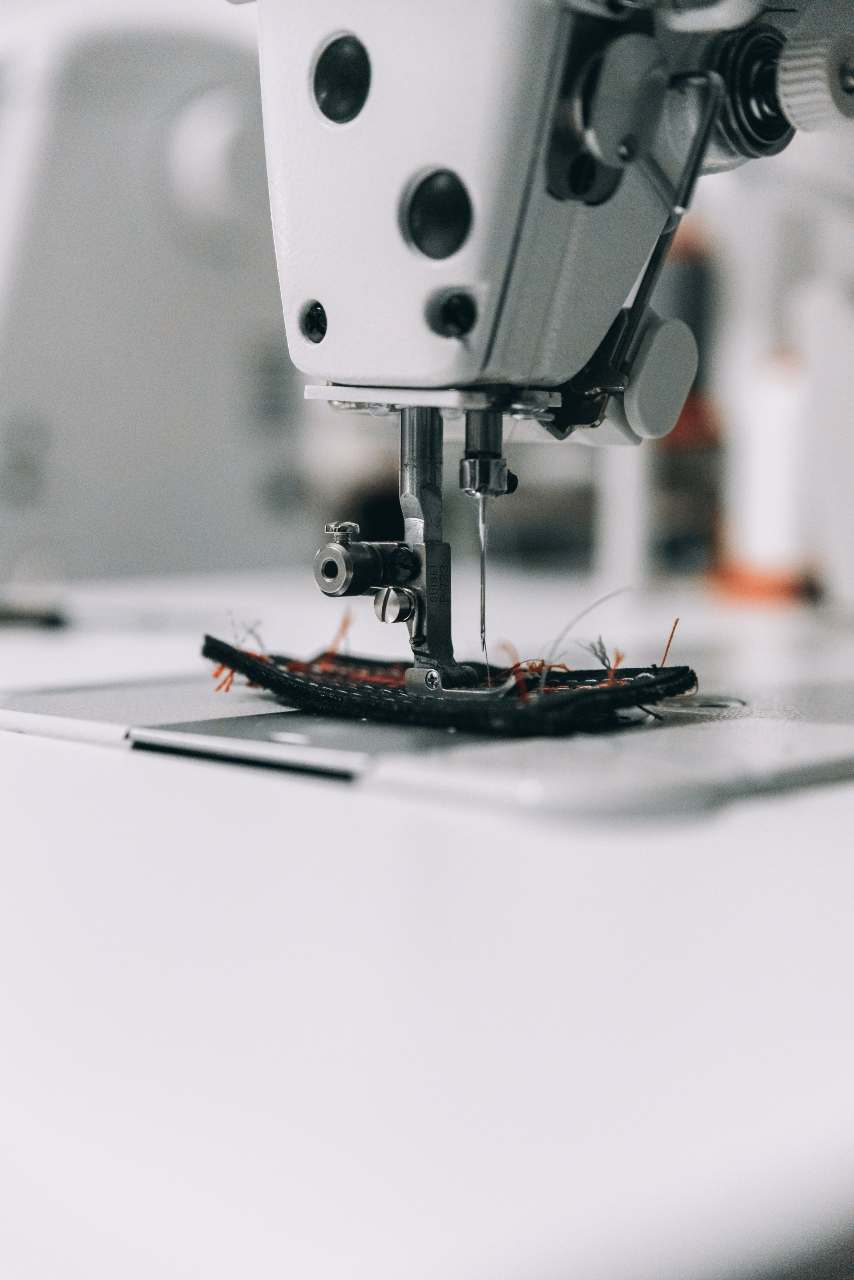SIPtex: automated textile sorting
This Action aligns with the following Calls to Action from the Circular Economy Action Agenda for Textiles:
6. Strategically plan collection, sorting, and recycling operations
7. Increase efficiency and quality in textile sorting
8. Make the recycled fibers market competitive
Ambition
SIPtex wants to serve as the bridge between today’s sorting and high-quality recycling by matching customer needs with fast and high-quality sorting, better conditions are created for increased fiber-to-fiber recycling. It is the world's first large-scale facility of its kind. It sorts textiles by color and fiber composition using near-infrared light, which makes it possible to handle large flows and produce textile fractions that are adapted to different recycling processes.
Objectives
Siptex – led by IVL Swedish Environmental Research Institute and funded by Vinnova - is a step 3 project within the Challenge-driven innovation program. The first and the second steps were conducted between June 2015 and August 2018. The project is currently undergoing its third, and last, step - the implementation phase – which will end in 2022. In this phase, the objective is to create conditions for a commercial operation of the SIPTex facility and to produce three operation-oriented work packages and four market-oriented work packages:
Operation-oriented: (1) Construction and operation of the SIPTex plant, (2) Sorting optimization and (3) Efficient management of textile waste.
Market-oriented: (1) Markets and business likeness, (2) Quality assurance of recycling products, (3) Environmental assessments of recycling products and (4) Stakeholder cooperation.
Partners
IVL, Berendsen, Boer Group, Refashion, Gina Tricot, H&M, Human Bridge, ICA, IKEA, KappAhl, KEMI, Göteborg Kretslopp och Vatten, Malmö Stad, Myrorna, Naturvårdsverket, Re:newcell, Röda Korset (Red Cross), Stadium, Stockholm Vatten och Avfall, Sysav (owner of the facility)

